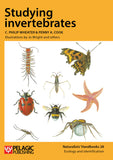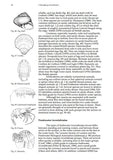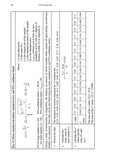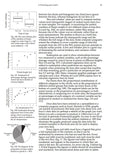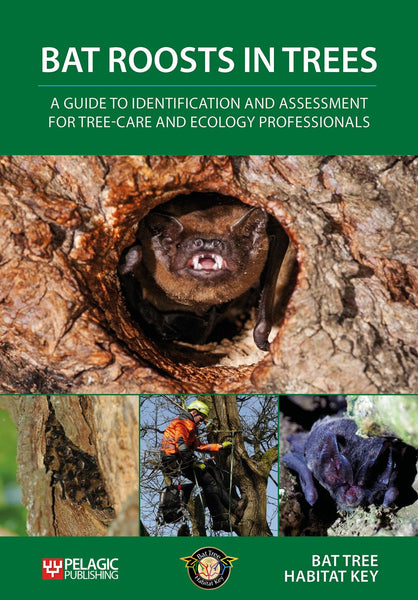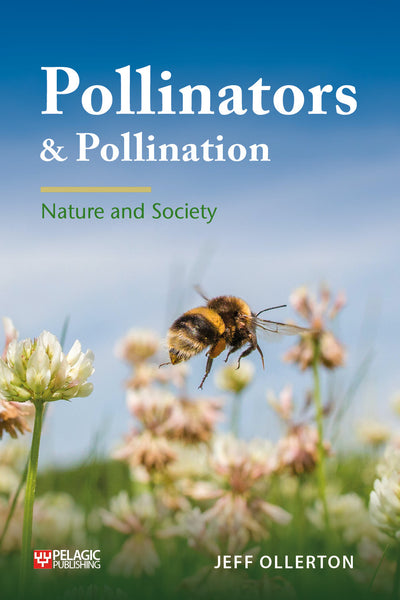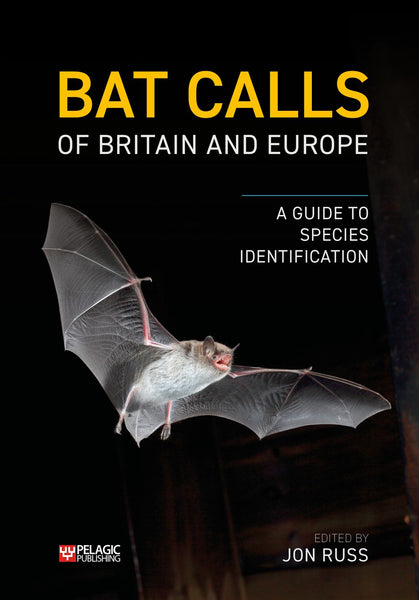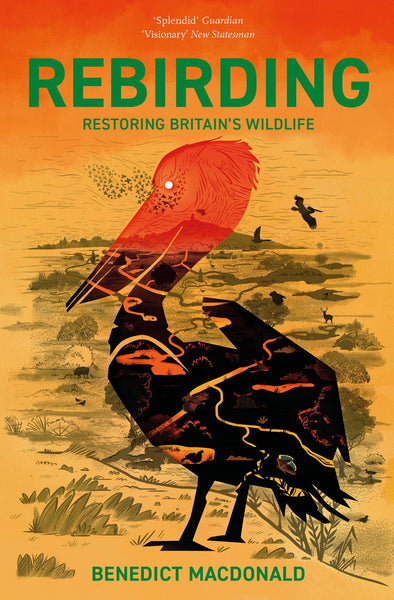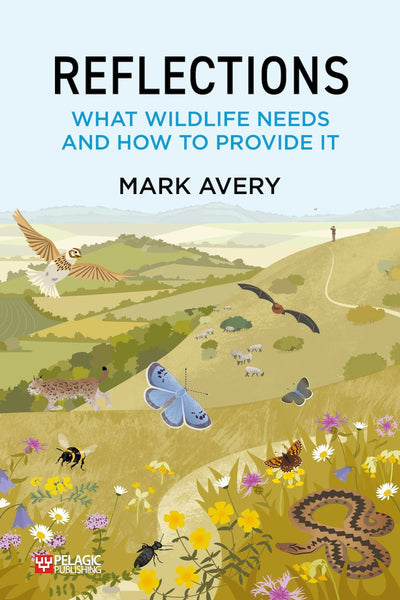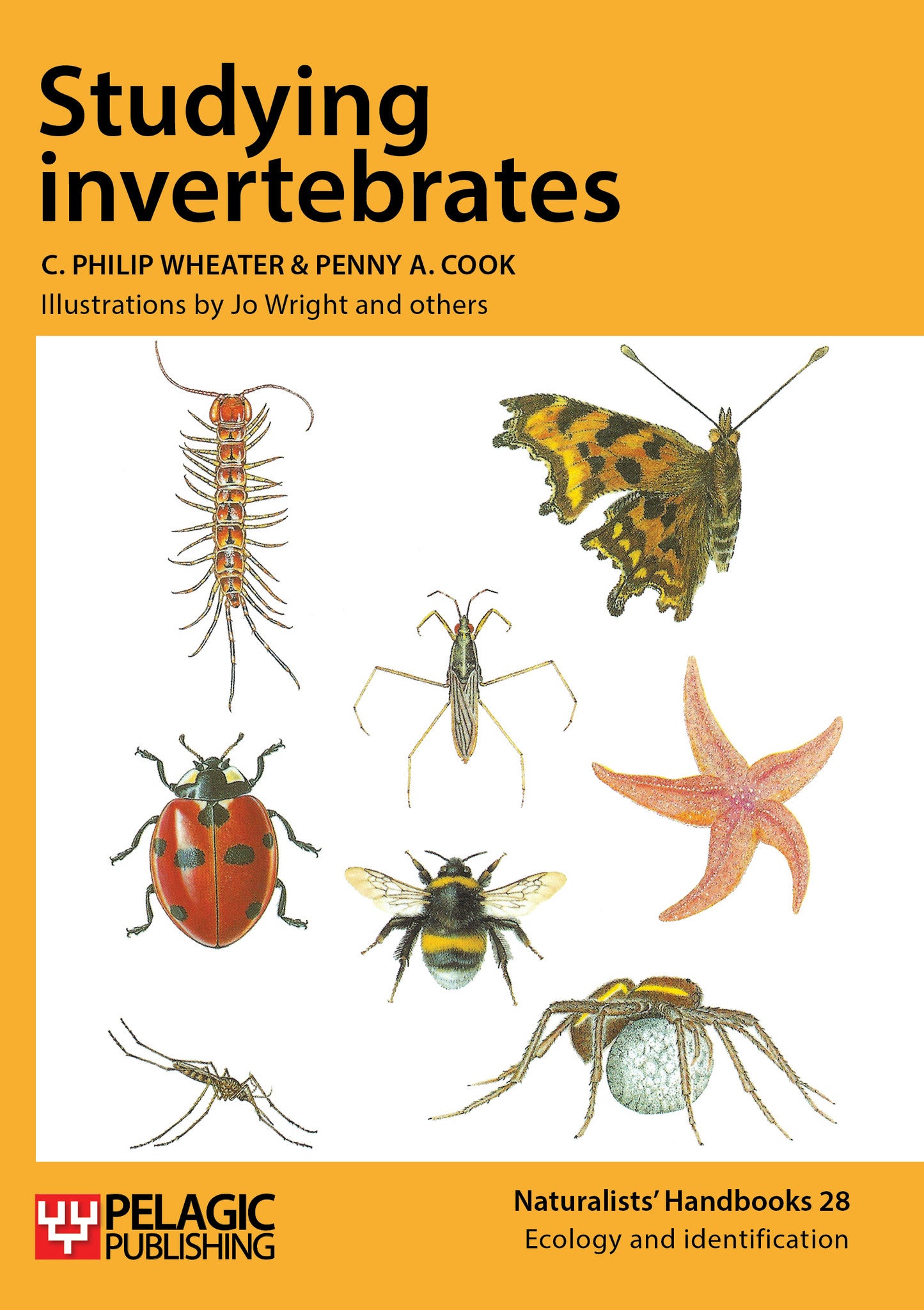
Studying Invertebrates
- ecology
- entomology
- experimental design
- fieldwork
- insects
- invertebrates
- statistical testing
Description
Studying invertebrates is a comprehensive guide to designing and carrying out ecological investigations, especially those involving sampling invertebrates. A highly practical guide to fieldwork, statistical testing and interpretation. The book introduces ways of designing and analysing experiments so that complex situations can be described and summarised, comparisons made, and interactions between organisms and their environment examined objectively.
This digital reprint replaces ISBN 0-85546-313-9. First published in 2003.
Editors’ preface
The books in this series are designed to encourage readers to undertake their own studies of natural history. Each one describes some relevant techniques, but they have not enough space to cover the substantial body of more generally applicable ideas and approaches that underlies the design and analysis of such field studies. By describing a selection of these general methods, Studying invertebrates aims to support those venturing into ecological fieldwork for the first time. The authors have plenty of experience in helping beginners to plan, carry out and interpret ecological surveys and experiments, and we hope this handbook will serve as a welcome companion and guide, especially for those who lack confidence in their knowledge of statistical and other methods.
Readership
Sixth-form, undergraduate, postgraduate, field centre, ecological consultant, wildlife trust, conservation volunteerTable of Contents
Editors’ preface, dedication and acknowledgements.
Designing an investigation: Designing and setting up experiments and surveys; Types of data; Sampling strategies; Selecting independent data points; Asking questions.
Sampling invertebrates: Conducting fieldwork responsibly and safely; Surveying vegetation; Measuring environmental variables; Monitoring substrates such as sand and soil; Monitoring water; Measuring physical attributes of a habitat; Sampling invertebrates from water; Sampling invertebrates from substrates; Sampling invertebrates from rocky shores; Sampling surface active invertebrates; Sampling invertebrates living in and on plants; Sampling aerial insects; Marking invertebrates; Keeping live invertebrates; Killing and preserving invertebrates.
Identifying invertebrates: Marine invertebrates; Freshwater invertebrates; Terrestrial invertebrates.
Describing data: Examining frequencies; Finding the average value; Examining variation; Estimating the reliability of the sample mean; Estimating population sizes and densities; Identifying clumped, regular and random distributions; Examining similarities between communities.
Statistical testing: Choosing a statistical test; Testing for differences between samples; Testing for relationships between variables; Testing for associations between frequency distributions.
Presenting your results: Creating tables and graphs; Writing up work.
Some useful addresses; Appendix I Calculating statistics; Mathematical glossary; II Statistical tables; References and further reading; Index.
About the Author
Philip Wheater is Dean of Faculty in the School of Science and the Environment, Manchester Metropolitan University. His interests include: ecology and management of human-influenced environments, especially urban systems; invertebrate conservation and management; access to, provision and assessment of environmental education; environmental monitoring, especially fieldwork and the use of statistics.
Penny Cook gained her PhD from the University of Liverpool (1996) and then took a Royal Society funded fellowship in Stockholm University. She joined Liverpool John Moores University’s Centre for Public Health in 1998 as a research fellow and was made Reader in Public Health Epidemiology in 2007. Penny joined the University of Salford in June 2012 and was made Professor in 2013.
Bibliographic Information
 130 pages
130 pages - B/w illustrations
- 4 colour plates
- BISAC SCI070020, SCI020000, NAT010000, MAT029000
- BIC PSVT , PBT, PSVS






